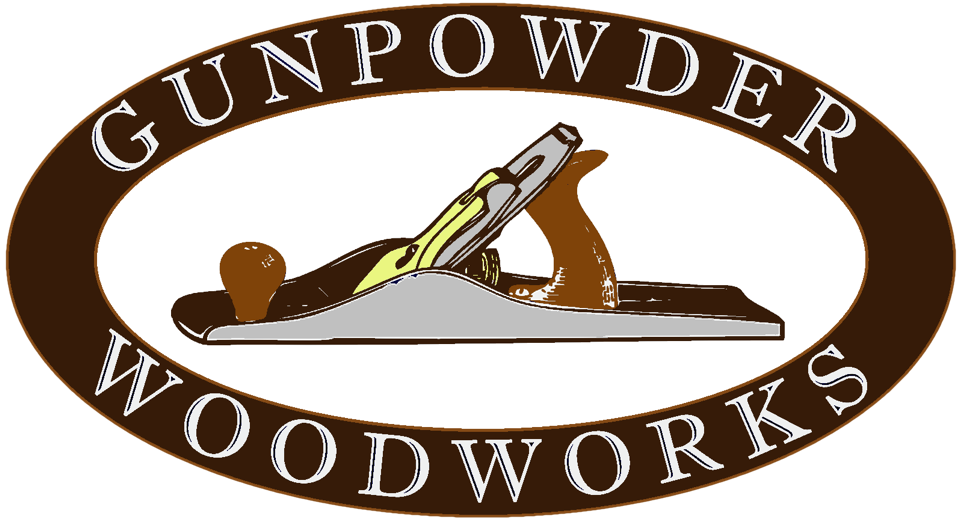Last year when I took a Boggs chairmaking class with Jeff Lefkowitz (which I highly recommend) I spent quite few hours using a drawknife and spokeshave on a shaving horse. While I thoroughly enjoyed the shaving experience my rear end did not. Due to the fact that my job requires me to sit for hours on end the idea of sitting the whole time while shaving did not appeal to me. So, I began brainstorming on a way to make a shaving contraption that could be used standing or sitting. My goal was to have a device that could be secured to my bench using a standard vise or holdfast, was easy to store and inexpensive to construct.
Take care of your furniture and it may pay off for your descendants
A few years ago this Seymour mahogany card table showed up at an Antiques Road Show. At the time they appraised it at between $200,000 and $250,000. The owner was very pleased. Recently she decided to take it to auction at Sotheby's. Watch this quick one minute video clip to see what it brought.
Build the Most Comfortable Chair You’ll Ever Sit In
In 2008 I attended the first Woodworking In America conference in Berea, KY. The presenters included some of the best cabinetmakers in the country. I was mainly interested in improving my hand tool skills. Little did I know that the most exciting presentation I would see that week wouldn't come from a cabinetmaker at all.
A lesson in shop safety…and in life.
Today is Woodworking Safety Day. I have been fortunate through my years of woodworking to only injure myself twice and neither of them was severe. I could go into the detail on those events but you ultimately wouldn't learn much. However, both of those incidents could have been prevented if I had just followed this advice:
A quick mod to the Powermatic 15HH
When I got my Powermatic 15HH planer last summer I was overjoyed. The Shelix head provided an incredibly nice surface with no tearout whatsoever. However, after planing a few boards I was disappointed that I was getting a little snipe on both ends of the boards. I read through the manual again for any clues and stumbled upon one sentence that referenced a pair of table locking knobs that were on the left side of the planer (as viewed from the infeed table). All the other controls are on the right side.
So close!
For years I have dreamed of being able to do some woodworking during the many nights I spend in hotels across the country.
The Milkman’s Workbench Build – Part 5
In my last entry on this build I had finished most of the flat work. That means it's almost time to hit the lathe. The first order of business was to select some straight grained wood to use to turn the dowels for the vise screws. Like chair parts, grain that runs out the side of the screws will significantly weaken them.
I ripped the stock to 1 3/8" squares. Then I cranked the blade over to 45 degrees and installed my aux fence to rip off the corners to make octagons.
The Milkman’s Workbench Build – Part 4
Now that I have most of the bench complete it's time to start gluing and cleaning some things up. The first order of business was to glue up the two parts of the bench top. For this I used the same technique I used when I was gluing up the ash 2x4's for my bench top: apply the glue to both sides and then use parallel jaw clamps to keep the two pieces in alignment while you apply the clamping pressure.
If you are gluing up more than two pieces this technique works great. After 15 minutes you can unclamp long enough to add another piece on and re-clamp the stack and keep going. You'll end up with a slab
The Milkman’s Workbench Build – Part 3
In my last post I had cut all the pieces for the bench to their final dimensions - minus the end pieces which I intentionally left long. Today it's time to begin cutting some of the joinery for this little bench. The first task was to cut a groove in the front rail and back half of the bench top that will receive the tenons from the side of the wagon vise block.
The grooves are 3/8" deep and 1/2" wide and must be centered in the stock. I decided to use my Whiteside 1/2" downcut spiral carbide router bit for these grooves. Normally I would do this operation on the table saw, but
